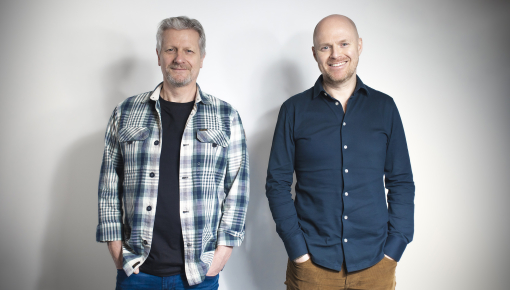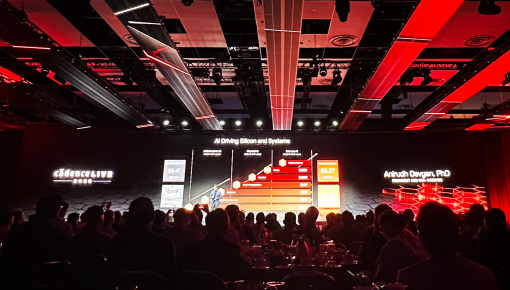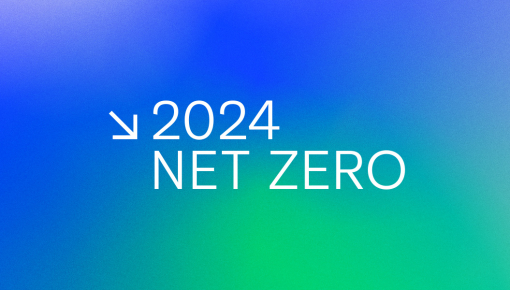Beyond smart homes
Our homes have evolved drastically over the thousands of years we have roamed the earth and the highly engineered and technological “sculptures” in which we live are a far cry from the caves that we first called home! Yet the core fundaments of a home remain largely unchanged: protecting & bonding those who live in it.
This year’s CES has shown us that technology unlocks a new dimension for the home, going from a passive “Protector & Bonder” to an active caregiver. Amongst the hundreds of smart home doorbells, security cameras and smart lightbulbs that further saturate the market, we’ve seen innovations that enhance the role that the home plays in our lives.
Home is where the health is
The dangers that our home shields us from are increasingly difficult to spot. It used to be simple; either an intruder (animal or human) or mother nature. Today, we have polluted water, polluted air, (device) radiation and many more invisible threats to our health.
As we progress our understanding of the body and what’s good and bad for it, we can increasingly leverage technology to help (quite literally) filter out anything harmful trying to enter the home. Airthings, for example, introduced their new air quality monitors that help identify and notify when the air is polluted. Or Samsung’s Bespoke Water Purifier, which has 73 certified filtration claims and even cleans out the pipes to assure you you’re drinking clean water.
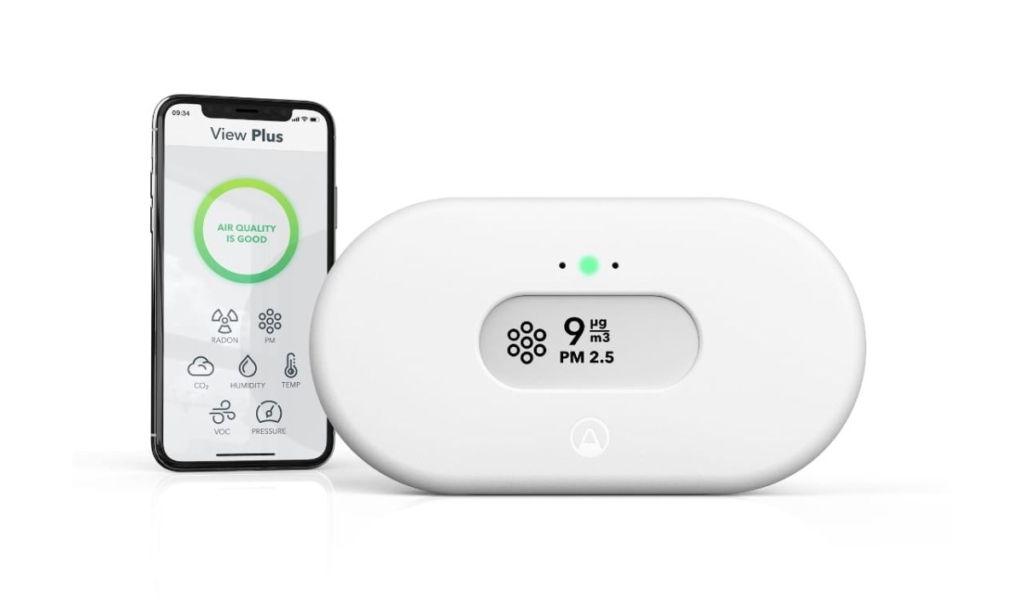
But beyond air and water, we also have electric light impacting our health. As Melissa Andresko, Chief Corporate Brand Ambassador at Lutron Electronics Co., Inc., mentions “absolutely, lighting makes us feel good”, at least when it’s done right. Electric light impacts our circadian rhythm and adapting the light colour and intensity dynamically based on time and location positively impacts our health.
We are expecting to see more and more of these quality monitoring devices entering the home and eventually even filtering or balancing out the harmful elements.
Beyond taking care of invisible threats, the house is increasingly taking care of people with physical or mental disabilities. For example, Essence’s “Vital On” remote patient monitoring system aims to provide holistic in-home care by combining multiple smart devices and AI algorithms, so that people with dementia who try to leave in the middle of the night will be safely guided to stay inside through questions from a smart lock system.
Or Labrador Systems’ deceptively simple autonomous robot that can carry and fetch objects for people with physical disabilities.
As the capabilities of smart devices continue to grow, it’s important we realize that only together are they best positioned to deliver seamless and proactive care in all scenarios.
“Smart connected living has gone through many phases, first it was smart home, then it was connected home, and now it’s becoming just home.”
Mark Benson, Head of Products & Engineering, Samsung SmartThings.
Does it Matter?
The question “Does it Matter?” is one we ask ourselves frequently during CES to distinguish between value-adding or simply adding to e-waste.
Yet, this year the question has gotten a whole new meaning. “Matter” aims to provide a single standard to tie all smart home software and solutions together. Backed by the world’s biggest tech companies like Apple, Google and Amazon3, this standard is set to solve some of the Smart Home industry’s biggest challenges.
As Mitchell Klein, Executive Director, Z-Wave Alliance, says: “many customers just buy thingies, …, and they’ve got a bunch of apps on their phone and they show them off and nothing actually works together”4. With ease of use, interoperability, reliability and data security at its core, Matter addresses these pain-points for both the existing smart home devices as well as the plethora of new devices that are coming to market.
It is refreshing to see an entire industry coming together to solve a common problem. From the device to the software, and even down to the silicon chips powering it.
NXP for example introduced a new “Tri-Radio” chip that makes it easy for smart home device makers to build products for matter (and all the protocols that are in the market).
Samsung introduced support for the matter standard with SmartThings, but also wants to take the smart home integration to the next level. They announced the Home Connectivity Alliance, bringing together leading manufacturers of connected devices to enhance the interoperability and compatibility cross-brand.
Whilst this year was big for tackling the connected home built from disconnected smart devices, according to Mitchell Klein, we’ll have to wait a couple more years to use a single interface “to rule them all”.
A Greenhouse or a Green House?
The “smart” in smart home can be interpreted in many ways. In previous years we’ve observed a focus on the smart home for comfort. Whilst “comfort” surely still is the main focus, in this years’ CES we saw some first glimpses of what “smart” for sustainability might look like.
Smart devices are increasingly helping with optimizing our consumption patterns. This ties in nicely with the increased consciousnesses around our consumption and impact on the environment. We see the home take on a larger role in connecting us to our usage or even automatically adapting it to reduce waste. Kohler’s H2Wise+ water monitoring system, for example, provides insights into your water usage and even leaks, to save you water and your money. Or the RainStick circular shower that saves 80% water and up to 80% energy while providing almost double the flow of a traditional low flow shower.
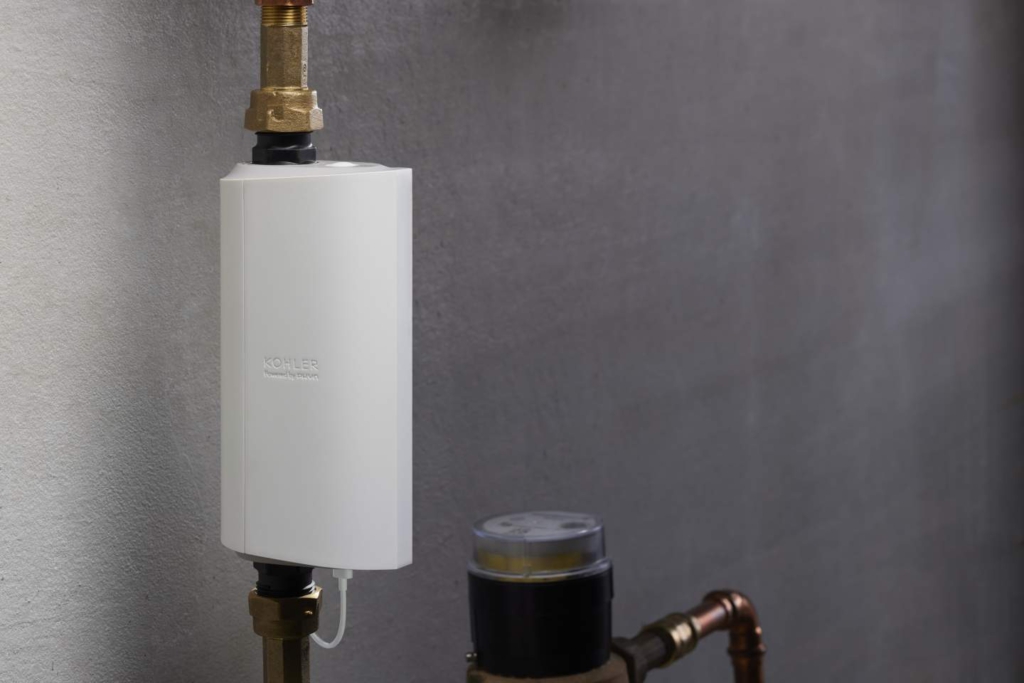
Beyond local usage, we saw Samsung make a great leap to extend their sustainability impacts outside of the home. They announced their partnership with Patagonia to work on a washer that filters out the microplastics from the wastewater so that it doesn’t end up in our waters and seas. Seeing Samsung take sustainable responsibility beyond their own devices and tackling global problems is promising and we’re hoping to see others follow in their steps.
With smart devices covering the full gamut from $3 to $300, there’s choice for everyone. We see that reflected in the growth of the number of households with a smart appliance, which in just a year grew from 19% to 27%. In addition to more people getting on board with smart home products, people that already “invested” are expanding even further with the average smart devices per household growing from 5 to 8 in just 4 years.
One thing we’re hoping to see more of is smart home devices with repairability, upgradeability and resource efficiency at their foundation. And even in that path for sustainable smart home devices, we need to be mindful. As for every smart device we add to our homes we might be sustainably impacting our usage of electricity, water, and time. We’re also adding electricity and raw resource consumption in places where we didn’t have them before. So next time ask the question, are we making our houses greener or greenhouses?
Like Lipstick on a Ham
Smart doorbells, smart lights, smart plugs, smart cameras – this year we’ve seen them all in new and improved forms. Each to be individually installed, plugged, screwed, or glued even into or onto the “Ham” (Home in old English).
Whilst individual features of these devices are rapidly improving each year, we are only seeing a handful of innovations that improve device integration. One of those innovations was Masonite’s smart door that already integrates a ring video doorbell as well as a Yale Smart Lock. Another one was Zooz’s Z-Box Hub along with their full lineup of smart switches & relays that can be integrated directly into existing electricity and plumbing.
Yet despite the advances in home tech products, there still seems to be a barrier in integrating these technologies when creating new homes. The issue is not whether it’s possible, but whether people actually want it.
As Sean Miller, CEO at Griot Technology, explained, it’s much simpler selling smart homes to individual families. Selling “PropTech” (Property Technology) is more complex since you’re dealing with, asset managers, developers, property managers, multiple tenants that all must agree on something7. And as Blake Miller, CEO at Homebase, nicely puts it: “ … the most tech they’ve adopted is digital rent payments recently. And now you’re asking them to adopt a smart lock access system, a community Wi-Fi network, smart thermostats, light switches and appliances. And really, their job is just to lease the apartment, get somebody in there and make sure that they’re good.”
Whilst there’s still lots of progress to be made, the value of smart technology and “PropTech” is getting clearer quickly. Especially now with labour and supply shortages across the globe, efficiently handling resources becomes key. So a future where we’re building Homes that are smart from the get-go might be closer than we think.
This article is part of the 2022 Tech Innovations Report. To read more insights across the Health and Food tech sectors, check out the full report.

